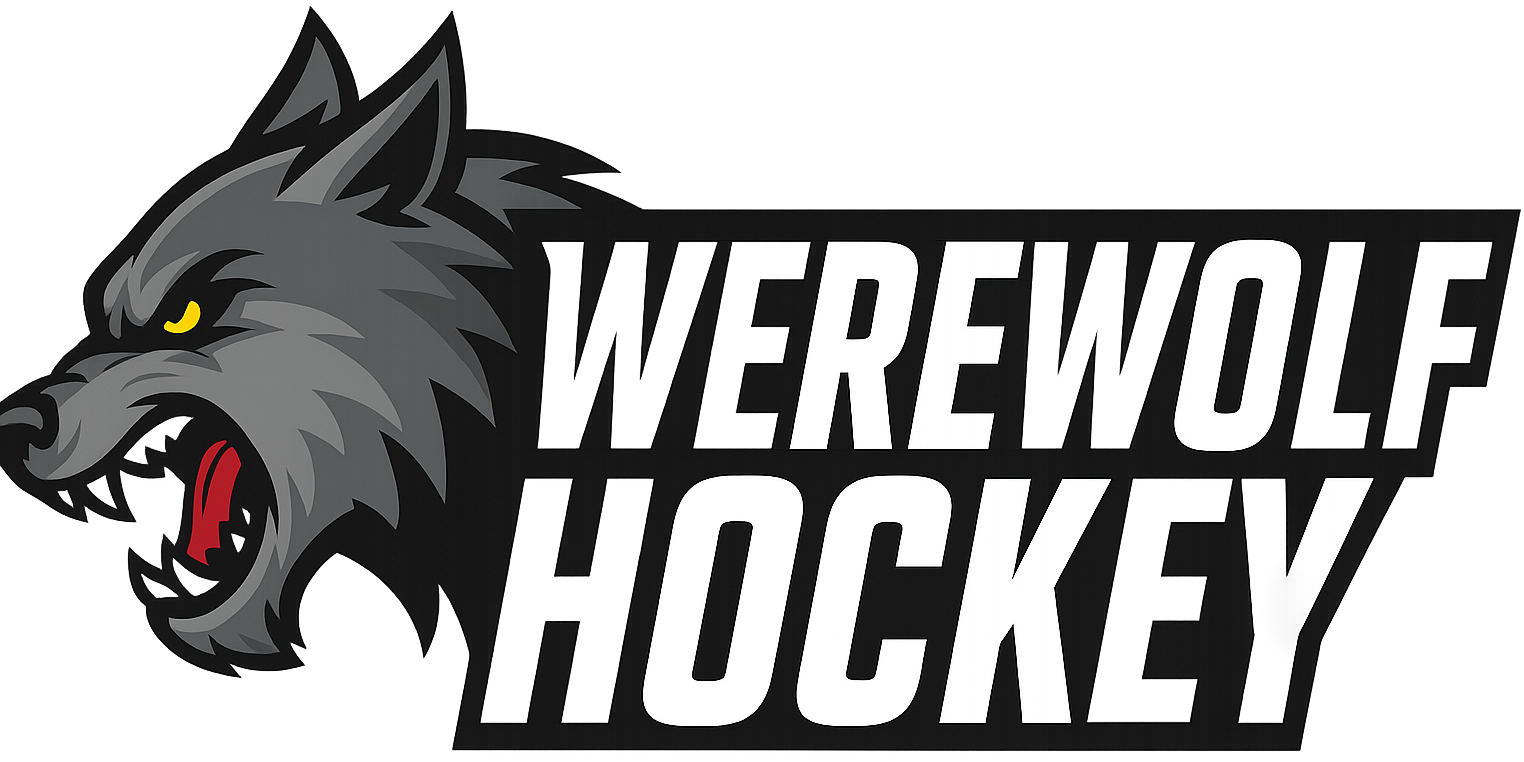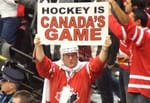Every great sport is built on the will to compete, but few capture that drive as powerfully as hockey. The game thrives on constant motion and relentless intensity, demanding focus and commitment from everyone who steps onto the ice. It is not only a contest of physical strength but also of endurance, intelligence, and unity. What begins as a simple desire to win becomes something deeper, a shared pursuit of excellence that tests character as much as skill. Competition gives the sport its pulse, transforming each game into a display of effort, emotion, and resilience.
At its core, competition in hockey begins with the relentless pace of the game itself. Every second demands complete focus. The puck moves at tremendous speed, forcing players to think and react faster than their instincts alone can guide them. Unlike many other sports, hockey allows little pause or recovery. The competition never stops. Players fight for possession, positioning, and control from the opening faceoff until the final whistle. This unending struggle creates a unique environment where intensity and discipline merge. It requires not just physical skill but mental toughness to stay composed when exhaustion and pressure reach their highest levels.
The true beauty of competition in hockey lies in its balance of individuality and teamwork. Each player strives to outmatch opponents, yet no single person can succeed without the cooperation of others. Forwards depend on defensemen to hold the blue line. Goalies rely on teammates to clear rebounds and block shots. Every line change represents a transfer of trust. This structure forces players to compete with themselves as much as with the opposition. They must improve constantly, learning from mistakes while keeping faith in their teammates. The balance between personal ambition and collective responsibility gives hockey a rare emotional depth that distinguishes it from other sports.
Rivalries elevate this competitive spirit to extraordinary levels. When two teams with long histories face each other, the ice becomes charged with tension and pride. These matchups are not only about standings or championships but also about identity. Generations of fans pass down stories of legendary games, unforgettable goals, and fierce battles. The competition becomes part of cultural heritage. Players understand that every shift in such rivalries carries weight far beyond the scoreboard. The energy from the crowd amplifies every hit and every goal, turning these moments into memories that last a lifetime.
International competition brings yet another dimension to hockey’s intensity. When players represent their countries, they carry the hopes of millions. Tournaments such as the Olympics and the World Championships unite people through sport, transforming competition into a source of national pride. The sight of players from different professional leagues joining forces under one flag is a powerful reminder that hockey is both global and deeply personal. The level of play in these tournaments is often unmatched, not because the players are different, but because the meaning of competition expands beyond the rink. It becomes a celebration of shared passion and human excellence.
The competitive nature of hockey also extends into preparation. Success on the ice depends on the unseen hours spent in practice, in the gym, and in recovery. Players compete every day to earn their place on the roster, to maintain form, and to push beyond physical limits. Coaches analyze performance data, opponents study film, and players fine tune details like stride efficiency and stick handling. Even training sessions carry a competitive edge. The drive to improve creates a culture where complacency cannot survive. The competition that begins in practice is what prepares players for the high pressure of actual games.
Goaltenders experience competition in a uniquely personal way. Their role isolates them from the flow of play yet defines the outcome more than any other position. Every shot faced becomes a moment of confrontation between two competitors. The goaltender must remain calm, reading body language, anticipating movement, and reacting with precision. A single mistake can decide a game, but great goalies thrive on that pressure. They understand that competition is not fear but opportunity. It is a chance to rise when the team needs them most. This mentality captures the essence of what makes hockey both demanding and inspiring.
Competition in hockey teaches respect through adversity. Players crash into each other at full speed, exchange words in the heat of battle, and then line up to shake hands at the end. The handshake line is one of the sport’s most powerful traditions because it acknowledges the shared respect that comes from giving everything in fair competition. No matter how fierce the rivalry, players understand the sacrifices their opponents make. The respect earned on the ice often lasts beyond careers, uniting players who once fought against each other in admiration for the sport they love.
At the professional level, competition extends beyond the ice to team management and strategy. Coaches, scouts, and general managers engage in their own form of competition, building rosters and systems designed to gain any possible advantage. Every trade, draft pick, and tactical adjustment represents an attempt to stay ahead in a league where the difference between winning and losing can be a single goal. The business of hockey mirrors the sport itself in its competitiveness, requiring constant innovation and quick adaptation.
For young players, competition serves as both challenge and inspiration. Youth tournaments and developmental leagues teach not only the fundamentals of skating and passing but also the values of perseverance and respect. Learning to compete fairly, to lose with dignity, and to win with humility forms the foundation for both athletic and personal growth. These lessons shape the future of the sport, ensuring that competition remains healthy and meaningful. It is through these experiences that the next generation of players learns that true success in hockey is not only measured by trophies but by character and effort.
Fans also participate in the competitive spirit of hockey. Rival fan bases create an atmosphere that fuels players and defines cities. Chants echo through arenas, jerseys fill the stands, and communities rally behind their teams. This shared sense of competition extends the game beyond the rink, turning it into a social experience that unites people of different backgrounds through common loyalty. The passion of fans reminds everyone that competition is not simply about athletes but about the collective excitement that the sport brings to life.
As technology and analytics continue to evolve, competition in hockey becomes even more refined. Teams analyze every detail, from shot placement to player movement patterns, seeking insights that can offer an advantage. Yet despite these advances, the core of competition remains unchanged. It still depends on heart, resilience, and the will to overcome. The tools may become more advanced, but the fire that drives players remains timeless.
Competition gives ice hockey its soul. It shapes how players train, how teams build, and how fans connect. It defines every era and every champion. In victory, it inspires celebration. In defeat, it teaches humility. And through both, it creates respect and admiration that cross boundaries and generations. The drive to compete is what keeps hockey alive and ever evolving, reminding everyone involved that greatness is not achieved by standing still but by constantly striving for something more.


